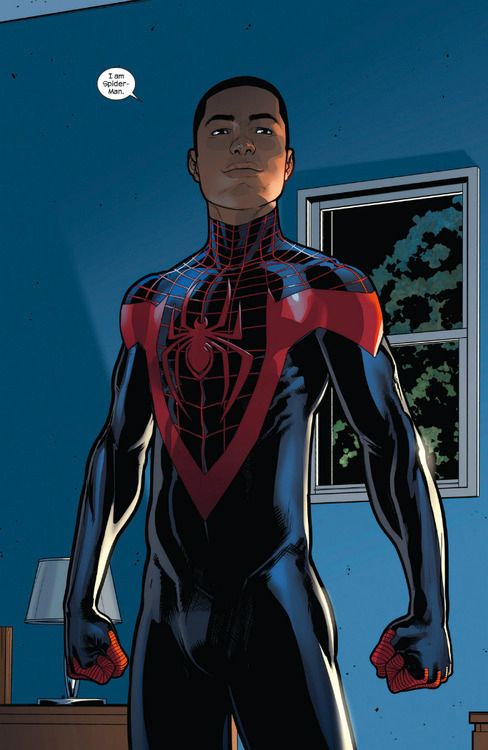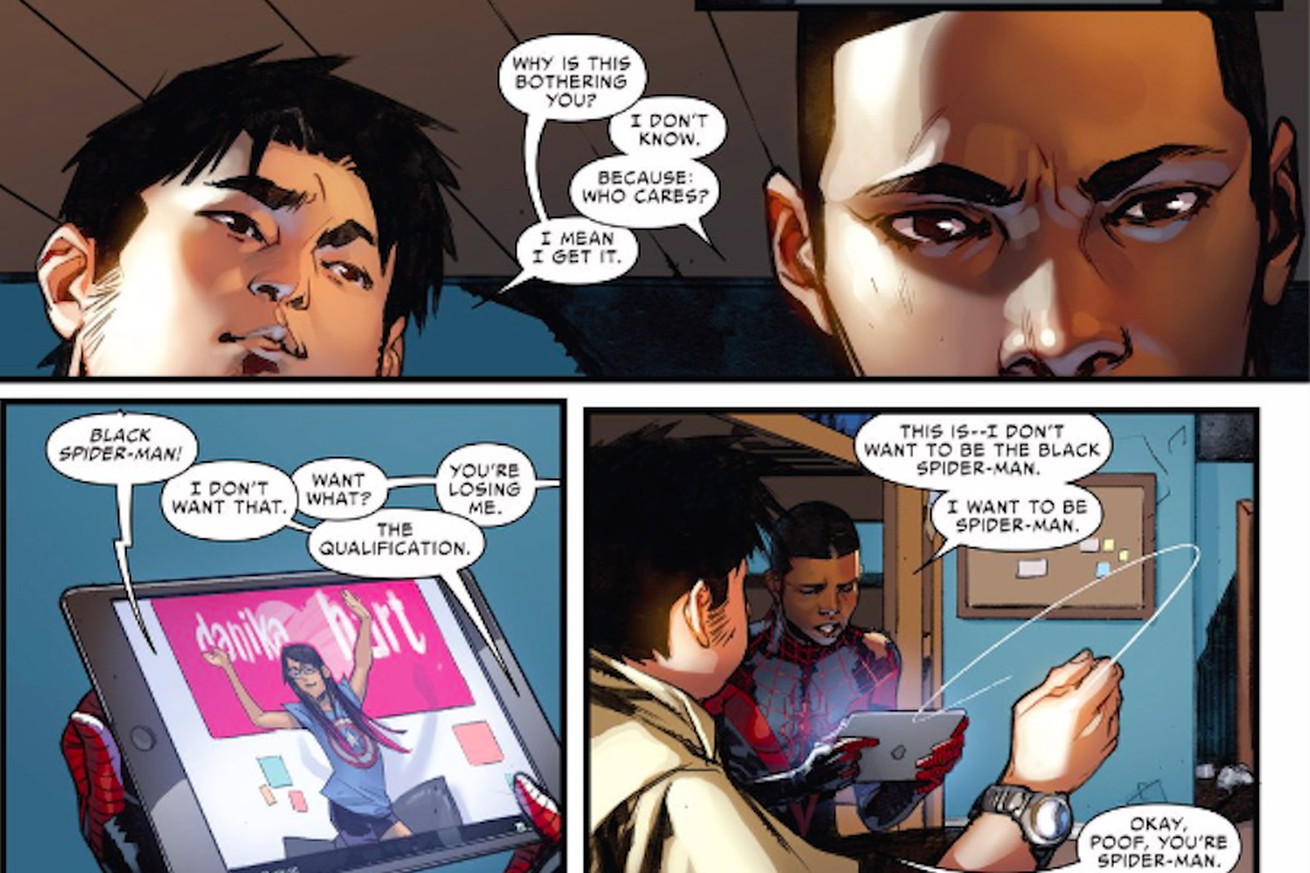The recycling bin has become ubiquitous. It's a rare sight to find a trash can not accompanied use
But what happens once you discard that yogurt carton or newspaper?
Based on some estimates, between 60 and 80 percent of recycling is actually recycled. This is significant, and these numbers are likely to bolster our confidence in America's recycling infrastructure: This might make us feel good when we roll out our stuffed recycling can, and place it next to the mostly empty trash can on the curb.
However, alongside these praises and affirming reports on the efficacy of recycling, we also encounter many damning accounts of recycling, some citing the emissions that recycling centers produce, and how the market for processed materials can directly affect what is recycled and what is simply passed on to the landfill.
What can we do then? If consumers are only improving; getting better and better at recycling our waste, the problem must lie elsewhere.
Ironically, the problem might be a result of a solution to another problem in recycling: As recycling technologies improved, many municipalities took the opportunity to switch to so-called single-stream schemes, which allow the consumer to simply place all recyclables in the same bin, to be sorted at the processing facility. Previously, many cities used multi-stream schemes, which required the consumer to sort out recyclables into bins for glass, paper, plastic, etc. The transition to single-stream is at least partially responsible for the increase in how much waste is passed to recycling facilities: With the introduction of single-stream, consumers need only to differentiate between recyclable and non-recyclable waste, as opposed to keeping and sorting separate collections of paper, plastic, glass, etc.
But at the same time, contaminants are more likely to show up in consolidated streams, as people are more likely to just chuck everything into the blue bin, assuming it'll be sorted out anyway later on. Additionally, the increased complexity of sorting through single-stream recyclables adds cost to the entire process.
So while the adoption of single-stream schemes has solved one problem – getting people to recycle – it has created other problems: Surmounting these issues is not impossible, it can be done only with increased expenditure on waste management. But we need to remember that recycling is a still a business in most cities, with the ultimate aim of making a profit.
And making money off recycling used to be an entirely feasible proposition. Last year, the Washington Post ran a high profile article on the introduction of "the blue bin". The requirement for facilities to sort through single-streams of recyclables is cited as the reason for the increased costs these companies face. These increased costs – combined with reduced demand for the goods these companies produce, due to increased recycling in other parts of the world, namely China – have forced recycling firms to either charge more to the municipalities they contract with, or to simply discard whatever waste is not economically feasible to process, defeating the entire purpose of recycling.
We're faced with a dilemma; what is effectively a very precarious balancing act. On the one hand, single-stream increases how much is available to recycle, but incurs increased costs for the processors, often making it no longer viable for these companies to actually process and sell off the recycled materials. While on the other hand, multi-stream systems can make it more economically viable for companies to process recyclable waste, increase the odds that what is recycled will be processed and reused, but at the same time, reduces how much waste is available to recycle.
Perhaps we can rely on increased awareness of the need to recycle to allow cities to shift the burden of sorting off the processors, back onto the consumer. However, we need to be wary of reversing the progress we as a society have made on prioritizing recycling in our lives.
Image credit: Randall Munroe, XKCD.com, under Creative Commons A-NC


/cdn0.vox-cdn.com/uploads/chorus_asset/file/6152405/Screen%20Shot%202016-03-06%20at%207.34.51%20PM.png)







